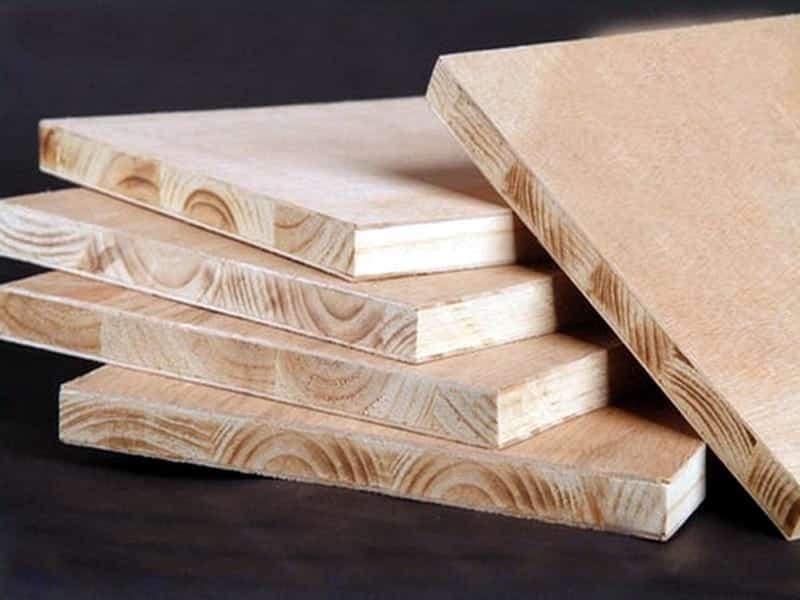## Glue Sheet Metal To Plywood
In the realm of furniture making, combining materials can yield unique and visually appealing results. The amalgamation of sheet metal and plywood is one such combination that has been gaining popularity due to its modern aesthetic appeal and durability. This article will discuss the process of gluing sheet metal to plywood for creating innovative furniture pieces.

### Understanding the Materials
Before delving into the process, it’s essential to understand the properties of both materials. Plywood, commonly used in furniture making, consists of multiple layers of veneer, offering strength and stability. It comes in various thicknesses and grades, allowing for flexibility in design and structural requirements. On the other hand, sheet metal is a thin, flat piece of metal that can be molded and shaped as required. Metal panels made from this are lightweight, durable, and can add a sleek, industrial touch to any project.
### Preparing the Surfaces
The key to a successful bond between sheet metal and plywood lies in the preparation of their surfaces. For the metal, sanding or scuffing the surface to remove any protective coating or oxidation is crucial. Similarly, the plywood should be sanded to remove any dirt, grease, or varnish that may hinder adhesion. Once sanded, clean both surfaces with a degreaser or alcohol wipe to ensure optimal glue adhesion.

### Selecting the Right Adhesive
Choosing the suitable adhesive is imperative when bonding dissimilar materials like metal and wood. Epoxy resin adhesives are known for their high-strength bonds and ability to adhere to various surfaces. Look for an epoxy designed for heavy-duty applications, ensuring it can withstand the stresses applied to furniture. Additionally, consider using an adhesive that offers water or heat resistance if your furniture piece is likely to encounter such conditions.

### Applying the Adhesive
When applying the epoxy, use equal parts of the resin and hardener to maintain the adhesive’s integrity. Mix them thoroughly according to the manufacturer’s instructions. Apply a consistent layer of the epoxy on the prepared surfaces of both the metal panel and the plywood. It’s often recommended to apply slight pressure and wait for a few minutes before clamping the two surfaces together, allowing the adhesive to slightly thicken for better control.

### Clamping and Curing Time
Clamping the two materials together ensures maximum contact between the metal and plywood. Use clamps or weights evenly distributed across the surface to achieve this. Be wary not to over-tighten, which could result in the adhesive squeezing out too much or damaging the surface of the materials. Leave the assembly clamped for at least 24 hours or as per the curing time stated in the adhesive’s instructions.
### Post-Curing and Finishing Touches
After the curing time, inspect the joint for any gaps or leaks. If necessary, apply additional adhesive to strengthen the bond. Once fully cured, you can proceed with finishing touches like painting, sealing, or adding further decorative elements to integrate the metal panel seamlessly into your furniture design.
In essence, by carefully preparing the surfaces, selecting the right adhesive, and following proper application and clamping techniques, you can successfully glue sheet metal to plywood, creating durable and visually stunning furniture pieces. This method opens up endless possibilities for blending materials, exploring new textures, and pushing the boundaries of traditional furniture design.
















